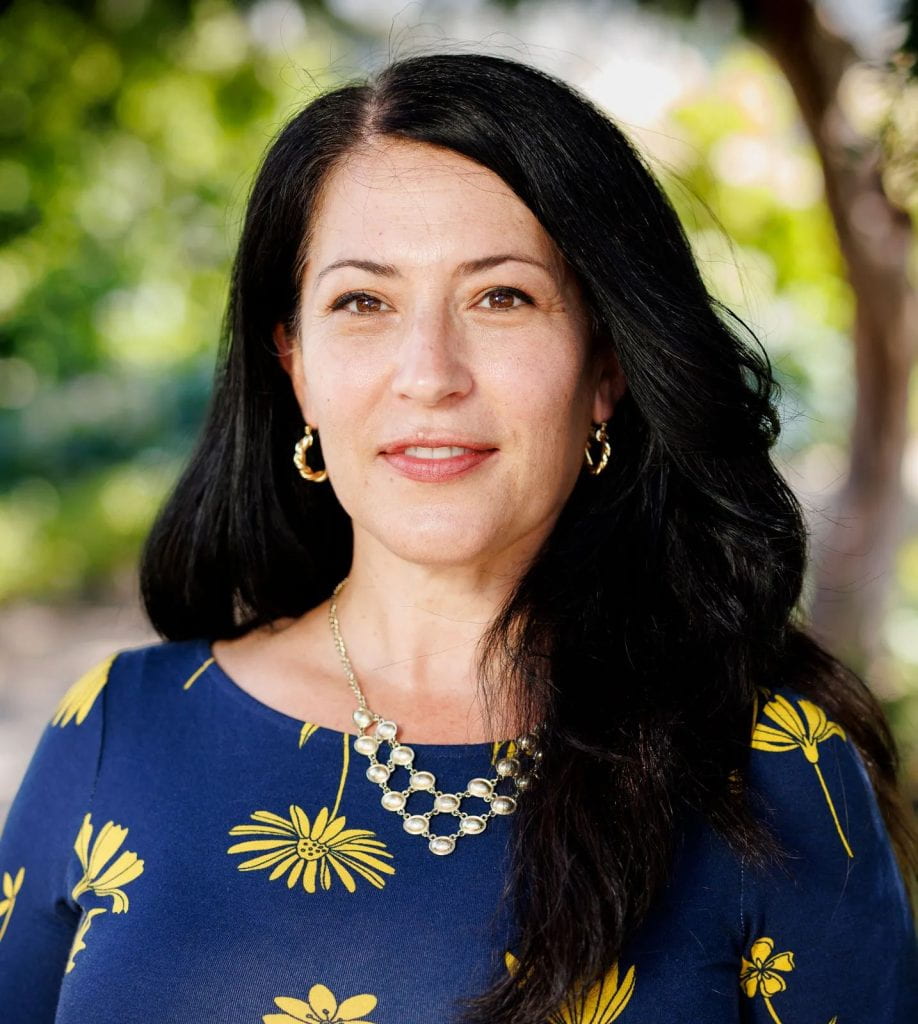
The poem “What I Didn’t Know Before” by Ada Limon is about how beginning in a gestation space, of the absence of “before,” something was unknown. The speaker takes the reader through the creation of knowledge in how “horses simply give birth to other horses,” which shows how the poem is foiling being so simple yet so complicated. This poem is very beautiful about a grown-up love affair, one that was never delicate or dramatic in need of careful thoughts or lots of effort. This poem contains 14 lines with a fairly even rhythm, showing that this poem is considered a sonnet and that every line bursts over ten syllables from across and down the page. In the middle of the poem, the speaker compares the horse’s birth to the speaker’s love: “that’s how I loved you she says, with an end-stopping line by showing the truth that isn’t complicated, creating a pause or caesura before the speaker creates another line of creation. In the second part of the poem, the speaker is describing how a “lover getting off the train and juggling a coffee with their bags”. The two lovers notice each other and laugh, being unafraid, showing that these lovers are “swinging” their possessions in an “unwieldy” way in awe of excitement to see the speaker. Love is a thing of its own, separate from the lovers. It may seem whole as it comes to our palms, and while it may canter off “just like that,” it is still a young creature that requires nurturing. It may seem whole. It may insist on walking alone or on wanting to be on its terms of life, as if it has just appeared “fully formed.” It may surprise us with its strength and power that it perceives to grow as an individual. We can’t forget, though, that the foal has a mother. It was conceived, held by the mare, and must be fed and looked after for it to continue to grow. The significance of the title of this poem is that it explains more in the context of how the speaker did not know the power of love till they saw it between their eyes. They noticed that from the soul power of love and beauty, you still need to be cared for like the horses being cared for by their mother, showing how you can grow to see that love in the world. The speaker uses the repetition of the word “horse: a lot”, which shows the symbolism that the animals provide to the poem’s overall meaning. Horses can be symbols of power, strength, and freedom, making their presence in life significant and evocative. When often dreaming or thinking of a horse, it helps to reflect upon the speaker’s inner strength and resilience, showing the capacity to face challenges and walk in life to see those real pathways like the world around finding love and always needing to be cared for. There is a shift in line 7 from the beginning of the poem, which talks about horses and how they are always benignly cared for by their mother, to talking about the love the speaker feels for someone. The speaker changes the subject of horses being born to the subject of love in how you come together to be cared for by someone who coddles you, like the horse’s mother shows. This poem relates to an experience of ideas that I once had by showing the thematic ideas of the role of being coddled by someone you love and showing love for another. I know what it is like to be loved by someone and realize I will always carry their love and affection with me throughout my life.

